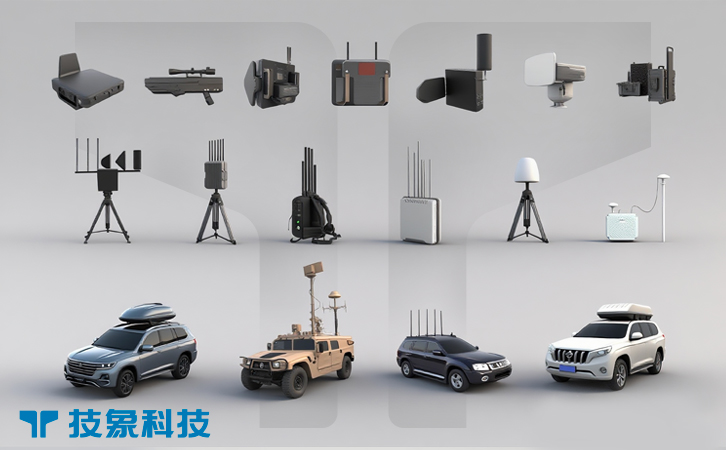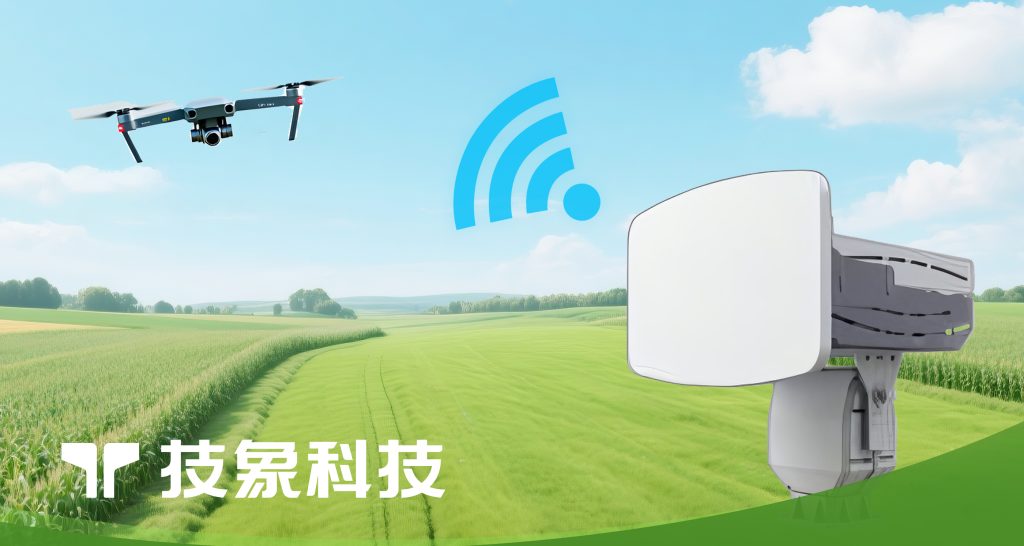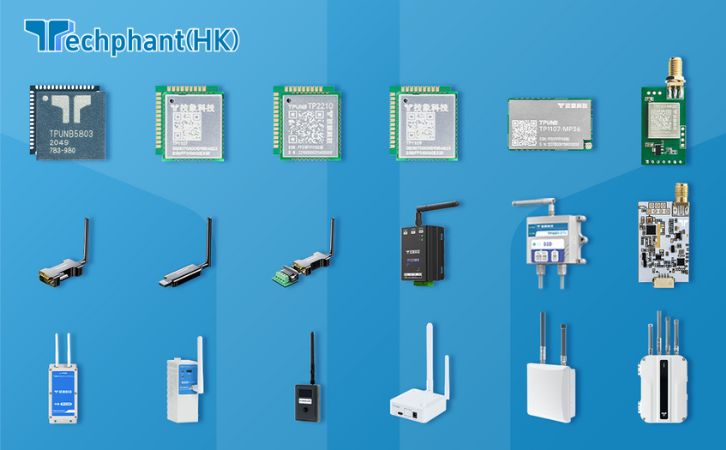A Counter-Unmanned Aircraft System (C-UAS) is defined as a system or set of technologies, strategies, and measures designed to lawfully and safely detect, identify, track, and mitigate threats posed by unmanned aircraft systems (UAS), commonly known as drones. Its primary purpose is to protect public safety, national security, critical infrastructure, and individual privacy from unauthorized or malicious drone activities. Below is a detailed breakdown:
1. Core Definition and Purpose

A C-UAS system is “capable of lawfully and safely disabling, disrupting, or seizing control of an unmanned aircraft or unmanned aircraft system” .
It addresses threats stemming from drones’ reliance on computer/communication technologies, which can compromise safety (e.g., near airports), security (e.g., over military bases), and privacy .
The proliferation of consumer/commercial drones has intensified the need for C-UAS to combat smuggling, espionage, terrorism, and other illicit uses .
2. Key Components and Subsystems
C-UAS systems typically integrate multiple technologies into two main subsystems:
Detection and Identification
Sensors: Radar, radio frequency (RF) detectors, electro-optical/infrared (EO/IR) cameras, acoustic sensors, and LiDAR to detect drone presence .
Identification: Computer vision, AI algorithms, and flight-pattern analysis to classify drone type, speed, altitude, and intent .
Automation: AI-driven systems for real-time threat assessment and minimal human intervention .
Mitigation and Neutralization
Electronic Warfare: Jamming drone communication/GNSS signals to disrupt control .
Kinetic Effects: Nets, projectiles, or “killer drones” for physical interception .
Directed Energy: High-energy lasers (HEL) or microwaves to destroy sensors or disable drones .
Cyber Takeover: Seizing control via protocol hacking .
Command and Control (C2)
Centralized software platforms for data fusion, threat analysis, and coordinated responses .
Interfaces for interoperability with other defense systems .
| Subsystem | Technologies | Function |
|---|---|---|
| Detection/Identification | Radar, RF sensors, EO/IR, LiDAR, AI analytics | Locate and classify drones in real-time |
| Mitigation | Jammers, nets, HELs, cyber takeover | Disable, disrupt, or destroy threats |
| Command & Control | Data analytics software, C2 centers | Coordinate sensors/effectors and decision-making |
3. Applications and Use Cases
C-UAS systems are deployed across diverse scenarios:
Military: Protecting bases, convoys, and naval vessels from adversarial drones .
Critical Infrastructure: Securing airports, power plants, government facilities, and nuclear sites .
Public Safety: Safeguarding large events (e.g., sports stadiums, political rallies) and urban areas .
Border Security: Monitoring land/maritime borders against smuggling or intrusions .
VIP Protection and Prisons: Combating aerial smuggling or assassination attempts .
4. Technological Advancements
Recent innovations include:
- AI/ML Integration: Enhancing detection accuracy and adaptive response to new threats .
- Portable Systems: Mobile C-UAS units for rapid deployment .
- Networked Defense: Multi-system coordination for layered protection .
- High-Energy Lasers: Precision targeting with minimal collateral damage .
5. Challenges and Considerations
- Legal Compliance: Use must adhere to local regulations (e.g., FAA restrictions in the U.S.) .
- Threat Evolution: Keeping pace with stealthier, autonomous, or swarm drones .
- Collateral Damage: Mitigation methods must avoid harming bystanders or friendly drones .
- Integration with UTM: Balancing security with legitimate drone operations via Unmanned Traffic Management .
Conclusion
A C-UAS system is a multi-layered defense solution critical for countering drone threats in an era of rapid UAS proliferation. By integrating detection, identification, and mitigation technologies—ranging from AI analytics to directed energy—it enables lawful, precise responses to malicious or negligent drone activities. Its applications span military, civilian, and commercial domains, with ongoing advancements focused on adaptability, portability, and compliance. As drones evolve, C-UAS systems will remain indispensable for safeguarding airspace security worldwide.



